
Portrait - a genre of painting: essence, types, history of the genre, famous portraits and portrait artists
A portrait is the most anthropocentric genre in painting. The artist's attention is fully focused on the human being. The purpose of the painter's work is, at the very least, to depict the model's appearance on the canvas (until the emergence of avant-garde styles, this meant a realistic portrayal), and at most, to reveal the soul and character. It should be noted that in modern art, the emphasis is not on the likeness in portraiture but on delving into the inner world of the person. However, classical portraiture still demands high precision in depicting the individual.
 Portrait. Frans Hals. Laughing Cavalier, 1624
Portrait. Frans Hals. Laughing Cavalier, 1624
A portrait in painting is always an image of a real person. In ancient Russia, portraits were called parsunas, derived from the Latin word persona, meaning "personality". As we can see, parsuna and persona are related words. As for the contemporary term for denoting this genre of painting, it is based on the Old French word portraire, which means to reproduce something very accurately, "line by line". Interestingly, the portrait genre became independent before it received a separate name.
 Portrait. Ivan Kramskoi. Portrait of an Unknown Woman, 1883
Portrait. Ivan Kramskoi. Portrait of an Unknown Woman, 1883
Portrait painting in European art distinguished itself from other genres during the early Renaissance period. However, the term portrait began to be exclusively used for the representation of specific individuals only in the 17th century. Initially, the words portrait and portraiture could refer to any paintings.
 Portrait. Diego Velázquez. Portrait of Innocent X, 1650
Portrait. Diego Velázquez. Portrait of Innocent X, 1650
The theoretical foundation for this usage of the term was laid by one of the early classicists, Nicolas Poussin, through the work of the historian André Félibien. He firmly established the modern, anthropocentric understanding of what a portrait is, decisively separating it from depictions of animals and plants.
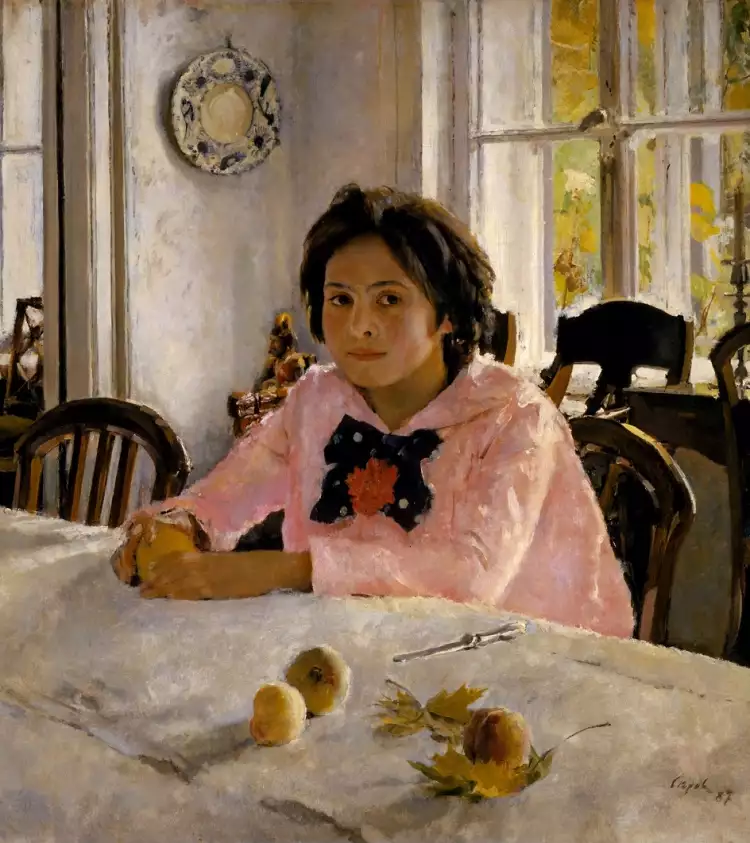 Portrait. Valentin Serov. Girl with Peaches, 1887
Portrait. Valentin Serov. Girl with Peaches, 1887
Classification - What types of portraits are there?
By their nature, portraits are divided into two major groups: formal (representational) and intimate (chamber). The former typically represents an important person and is presented by the artist in a ceremonial setting.
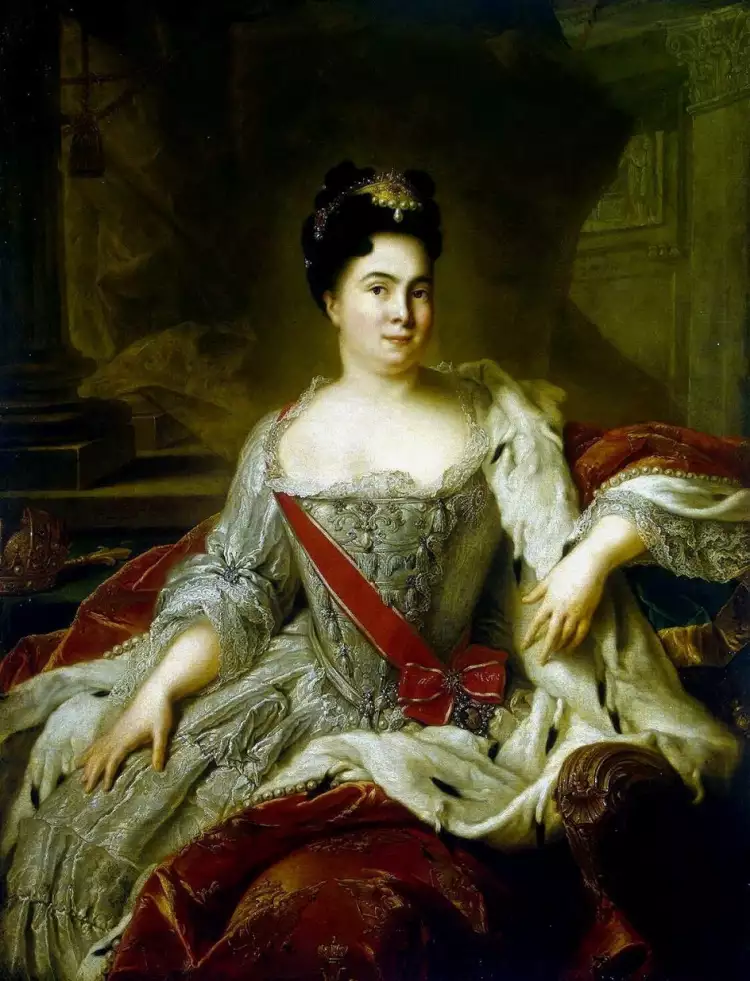 Portrait. Jean-Marc Nattier. Portrait of Catherine I, 1717
Portrait. Jean-Marc Nattier. Portrait of Catherine I, 1717
Intimate portraits are more lyrical and personal.
 Portrait. Vladimir Borovikovsky. Portrait of Maria Lopukhina, 1797
Portrait. Vladimir Borovikovsky. Portrait of Maria Lopukhina, 1797
Among formal portraits, the following categories are distinguished:
- Coronation portraits, including their subtype - throne portraits.
- Court portraits.
- Equestrian portraits.
- Military portraits (which can also be equestrian).
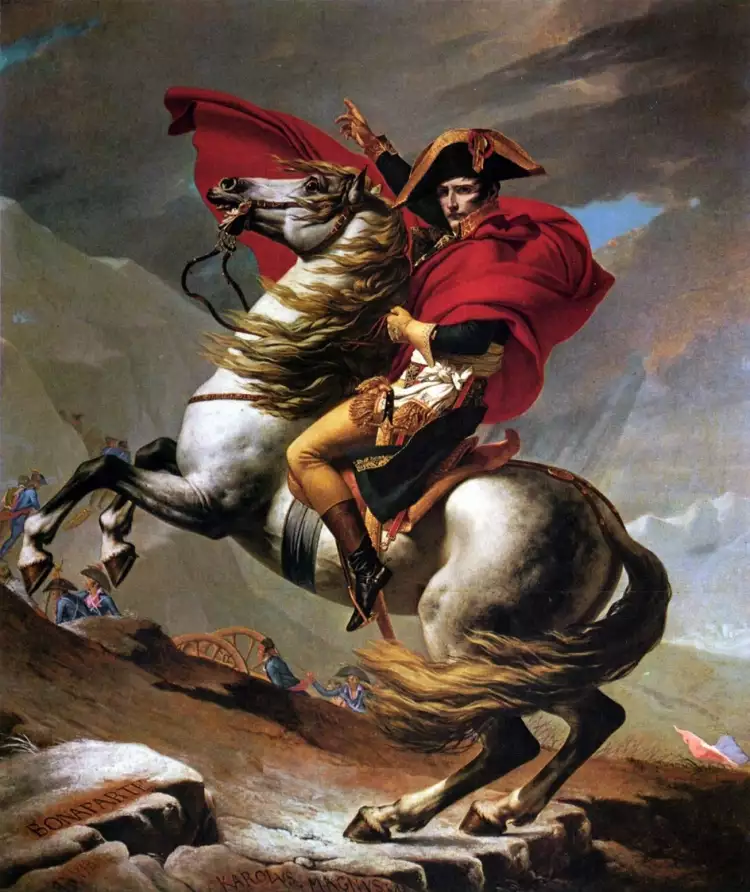 Portrait. Jacques-Louis David. Napoleon Crossing the Alps, 1801
Portrait. Jacques-Louis David. Napoleon Crossing the Alps, 1801
There is also an intermediate type known as semi-formal portraits. Such works were often created for family galleries.
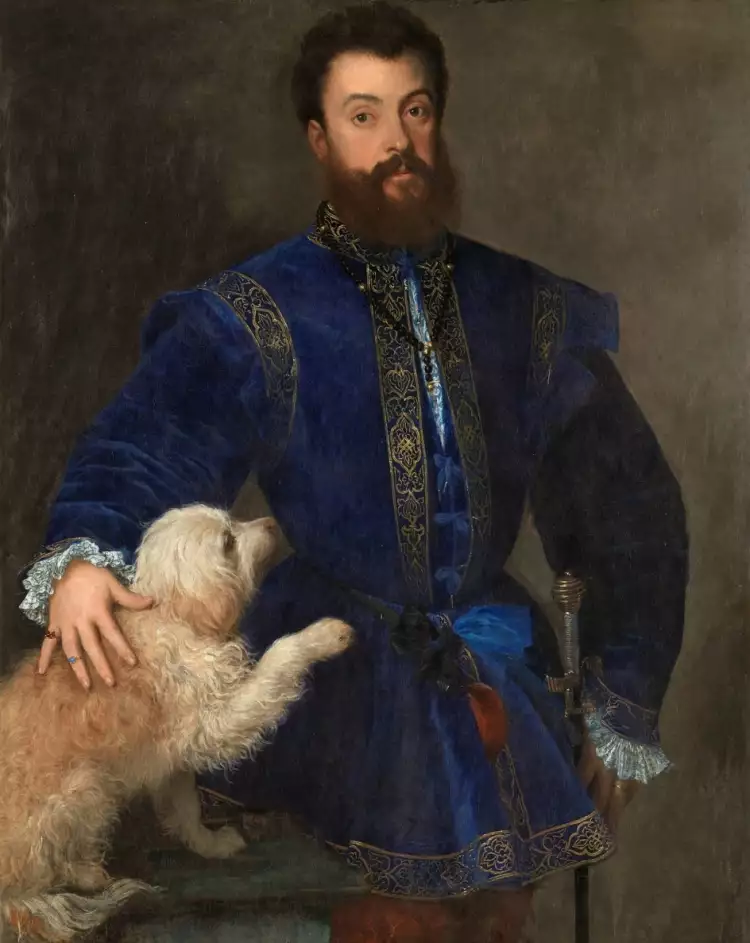 Portrait. Titian. Portrait of Federico II Gonzaga, 1529
Portrait. Titian. Portrait of Federico II Gonzaga, 1529
Formal paintings were usually full-length portraits, while semi-formal portraits could be full-length, three-quarter-length, or waist-length. Intimate portraits were typically waist-length, bust-length, or shoulder-length.
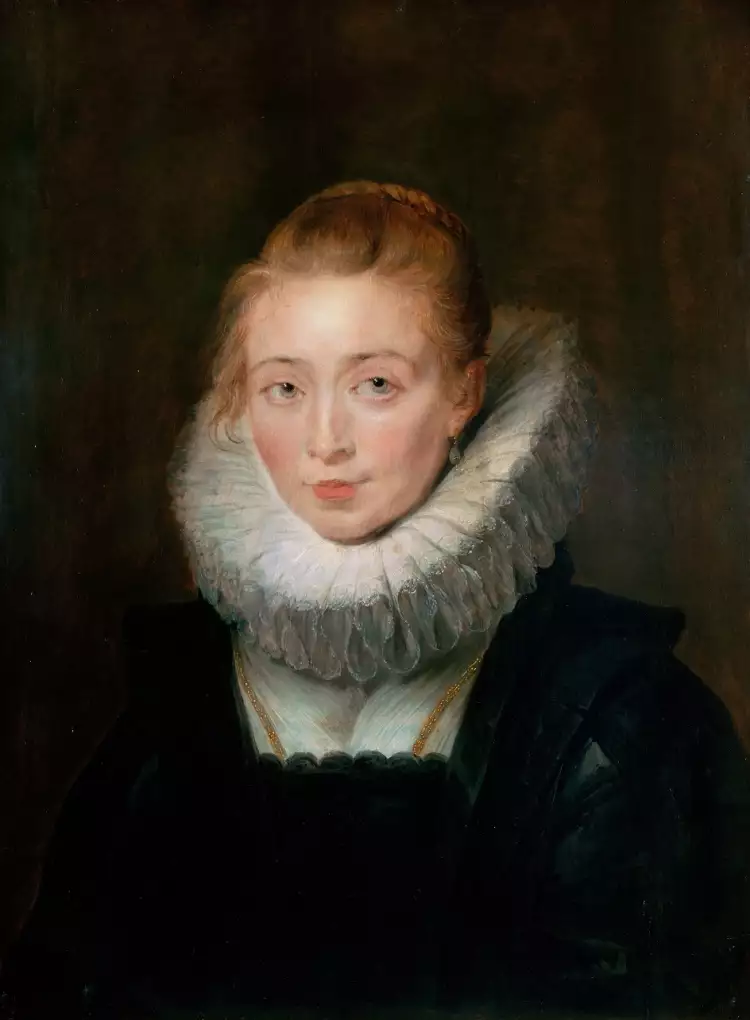 Portrait. Peter Paul Rubens. Portrait of the Infanta Isabella's chambermaid, 1623-1626
Portrait. Peter Paul Rubens. Portrait of the Infanta Isabella's chambermaid, 1623-1626
A special category is portrait miniatures, often chosen to be in a round or oval format.
 Portrait. Parmigianino. Self-portrait in a Convex Mirror, 1524
Portrait. Parmigianino. Self-portrait in a Convex Mirror, 1524
Types of Portraits (Subgenres)
The portrait genre encompasses dozens of subgenres that have emerged in various eras. Let's explore the main ones:
- Costume Portraits: The subject appears in the guise of a historical, literary, theatrical character, or in a special costume like hunting attire or masquerade.
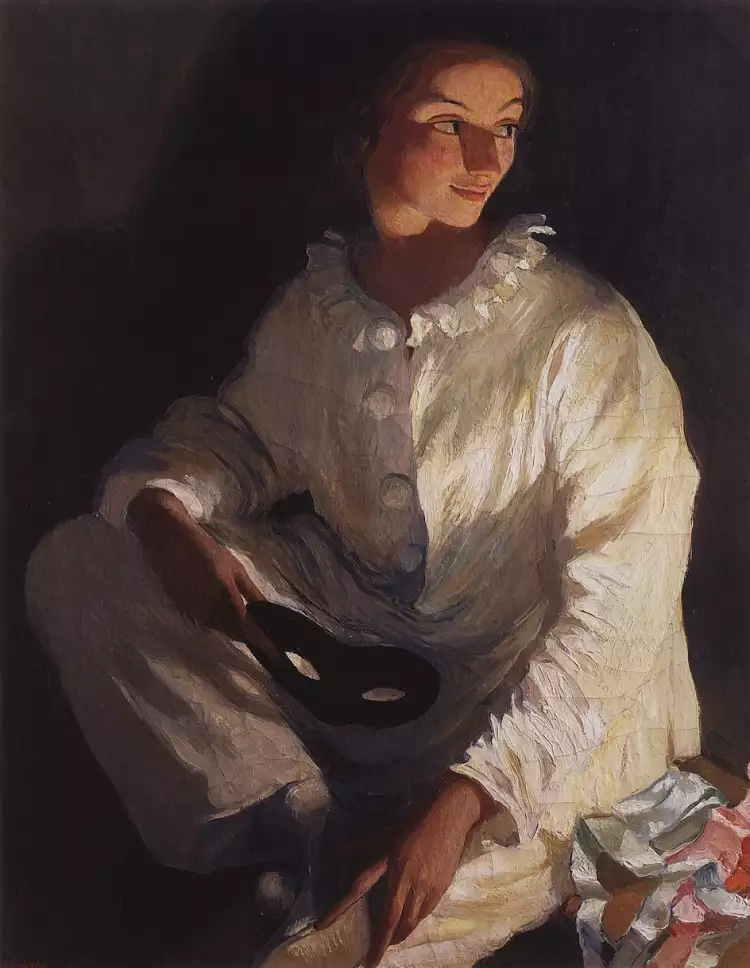 Portrait. Zinaida Serebriakova. Self-portrait in a Pierrot costume, 1911
Portrait. Zinaida Serebriakova. Self-portrait in a Pierrot costume, 1911
- Historical: The person is depicted in a mythological or allegorical setting. In terminology, there are variations; in Russia, "portrait historié" is often combined with costume portraits, and historical portraits sometimes refer to depictions of famous individuals painted in a later period.
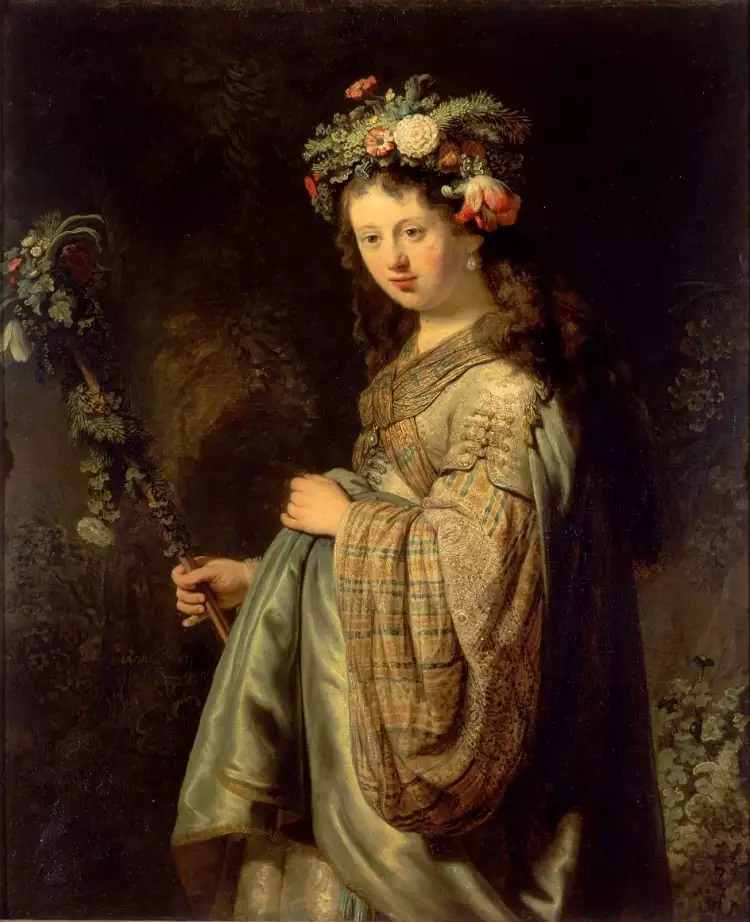 Portrait. Rembrandt. Saskia as Flora, 1934
Portrait. Rembrandt. Saskia as Flora, 1934
- Retrospective Portraits: Created based on posthumous images of a deceased person or even descriptions. Due to terminology issues, retrospective paintings are sometimes referred to as historical.
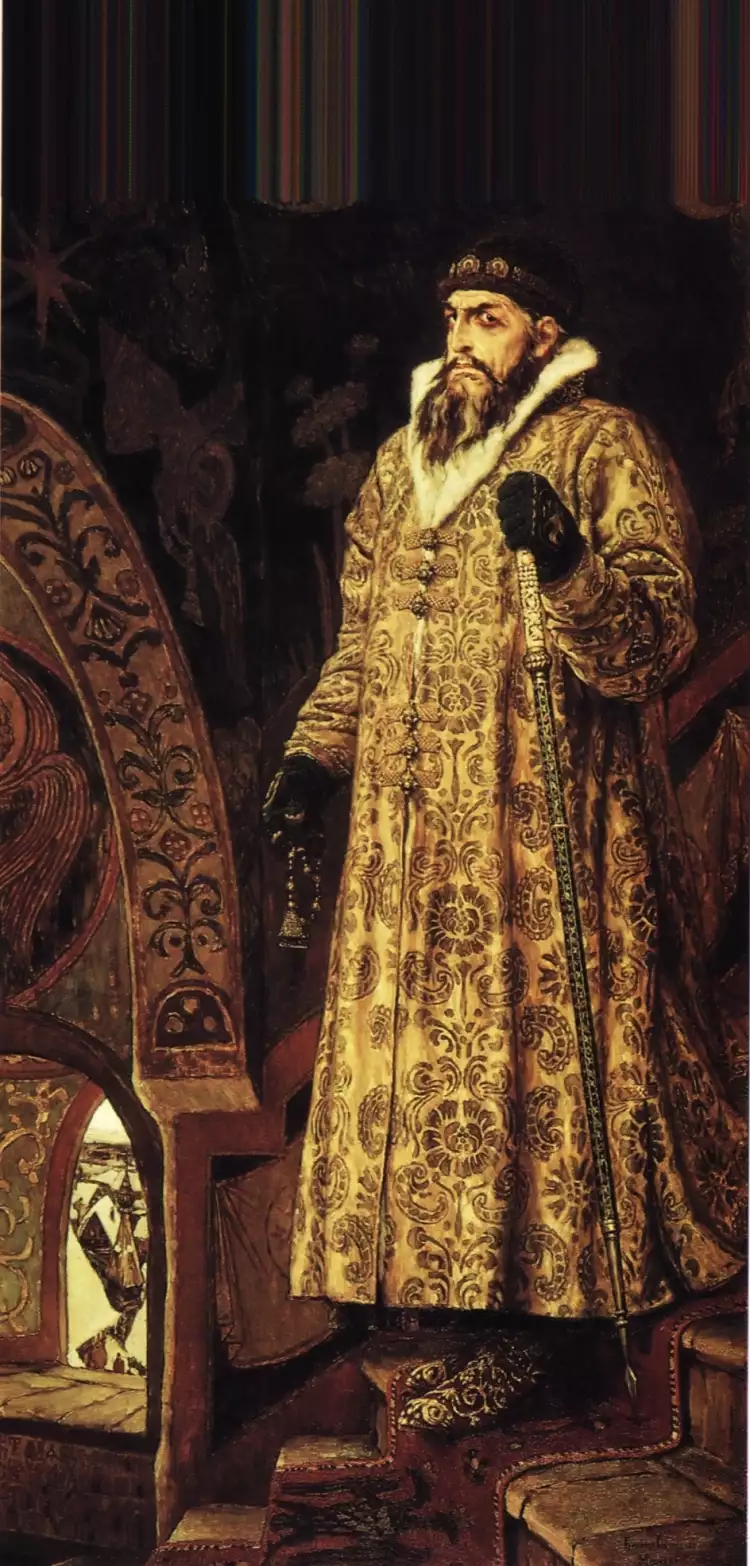 Portrait. Viktor Vasnetsov. Tsar Ivan the Terrible, 1897
Portrait. Viktor Vasnetsov. Tsar Ivan the Terrible, 1897
- Religious Portraits (also called kitharode or donor portraits): Real individuals or whole families are depicted alongside the Madonna or on one of the altar panels. Typically, these were donors who made contributions to the church, and their surname is usually mentioned in the title of the painting.
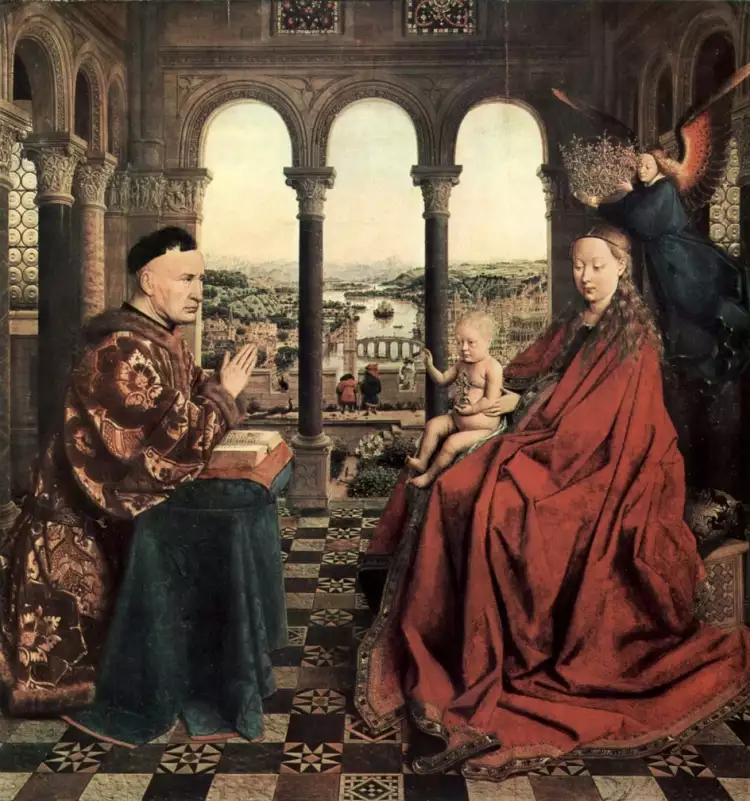 Portrait. Jan van Eyck. Madonna of Chancellor Rolin, 1435
Portrait. Jan van Eyck. Madonna of Chancellor Rolin, 1435
- Group Portraits: Two or more individuals are depicted.
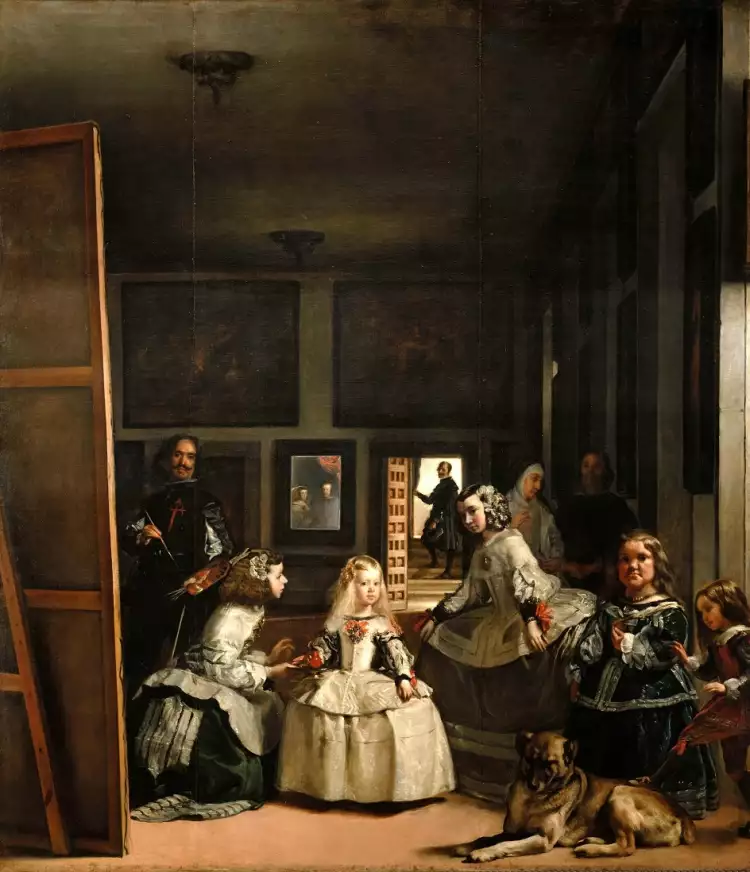 Portrait. Diego Velázquez. Las Meninas, 1656
Portrait. Diego Velázquez. Las Meninas, 1656
- Family Portraits: A subtype of group portraits where the subjects are connected by familial bonds.
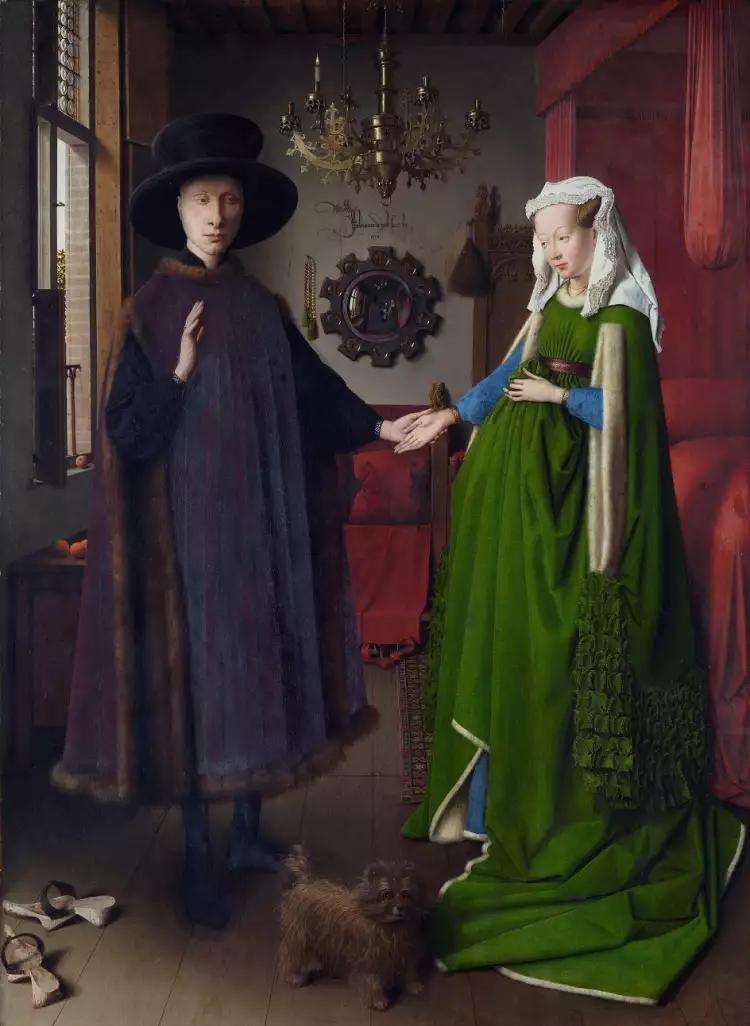 Portrait. Jan van Eyck. The Arnolfini Portrait, 1434
Portrait. Jan van Eyck. The Arnolfini Portrait, 1434
- Double Portraits: Two complementary paintings that usually feature spouses. (Not to be confused with a single canvas depicting two individuals). Such pairs, regardless of the genre, are called 'pendants.'
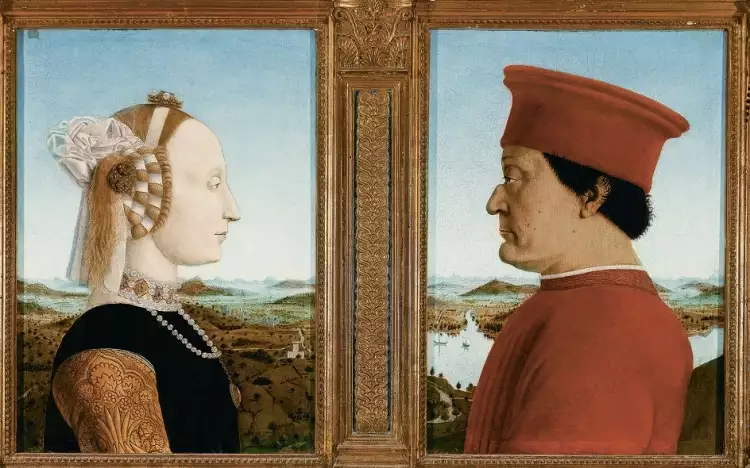 Portrait. Piero della Francesca. Diptych of Federico da Montefeltro and Battista Sforza, 1465
Portrait. Piero della Francesca. Diptych of Federico da Montefeltro and Battista Sforza, 1465
- Ancestral Portraits: Depicting a representative of a lineage. The aristocracy often created entire galleries of these portraits. Again, there are some terminological variations, and a family portrait may also be referred to as ancestral.
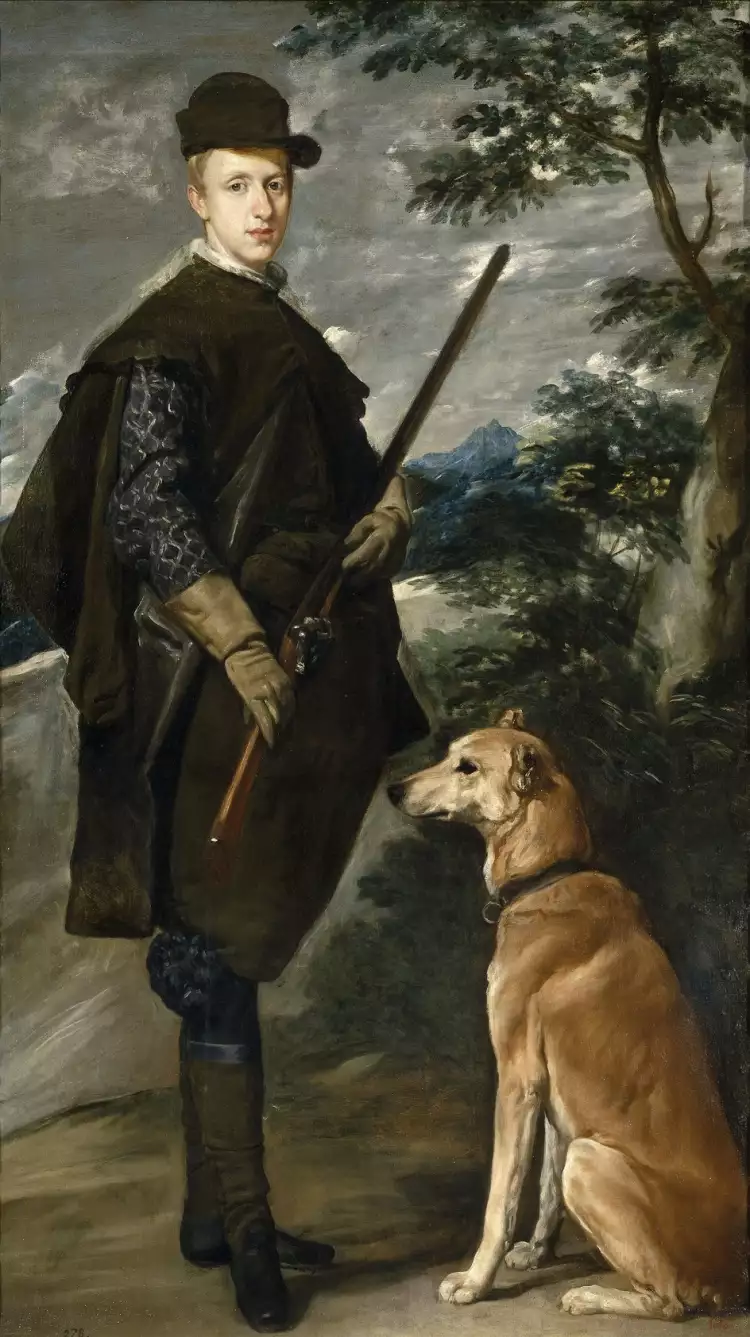 Portrait. Diego Velázquez. The Cardinal-Infante Don Fernando de Austria, 1634
Portrait. Diego Velázquez. The Cardinal-Infante Don Fernando de Austria, 1634
- Genre Portrait: The portrayed person is part of a story, genre scene, or full-fledged landscape (where the landscape plays a significant artistic role, not just serving as a background).
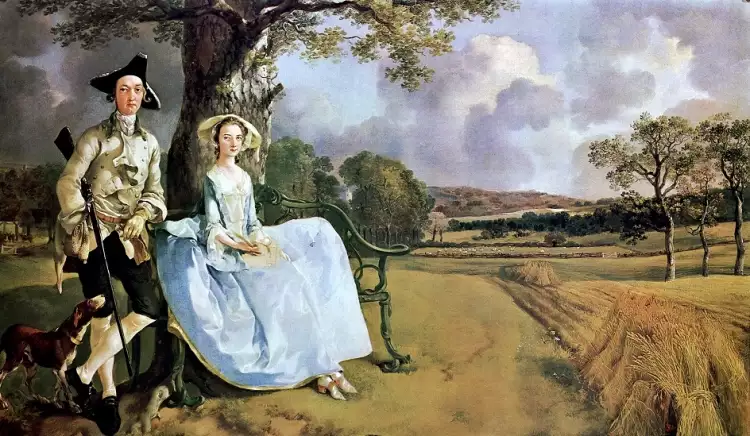 Portrait. Thomas Gainsborough. Mr and Mrs Andrews, 1749-1750
Portrait. Thomas Gainsborough. Mr and Mrs Andrews, 1749-1750
- Strolling Portrait: A variation of the previous subtype where the subject is depicted walking against a natural backdrop.
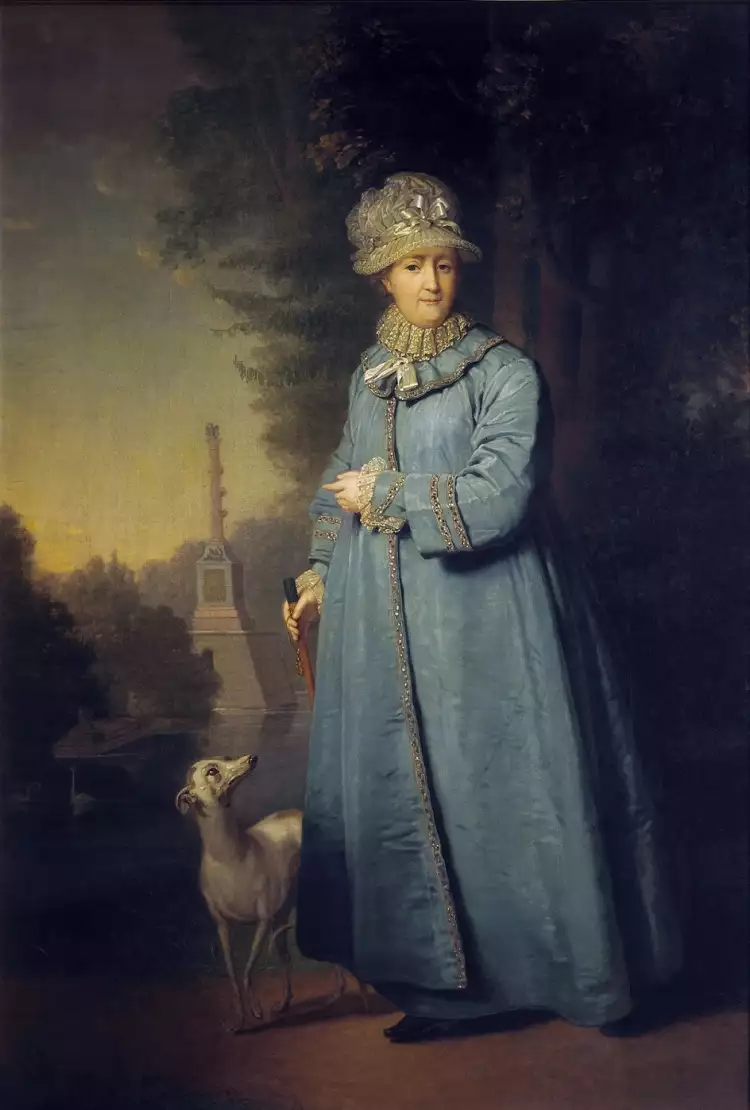 Portrait. Vladimir Borovikovsky. Catherine II on a walk in Tsarskoye Selo Park, 1794
Portrait. Vladimir Borovikovsky. Catherine II on a walk in Tsarskoye Selo Park, 1794
- Type Portrait: Represents a generalized, collective image.
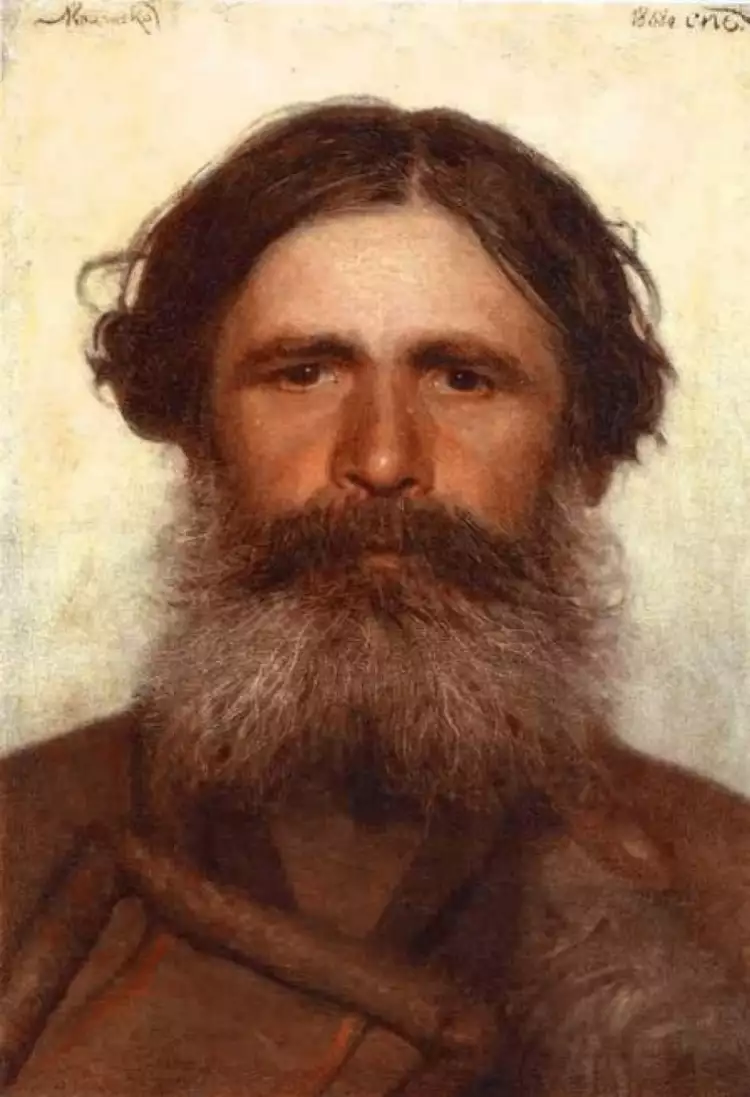 Portrait. Ivan Kramskoi. Portrait of a peasant, 1868
Portrait. Ivan Kramskoi. Portrait of a peasant, 1868
- Class Portrait: Depicts characteristic traits of a specific social class, such as military, merchant, or peasant. It often has a generalizing character and becomes a type portrait.
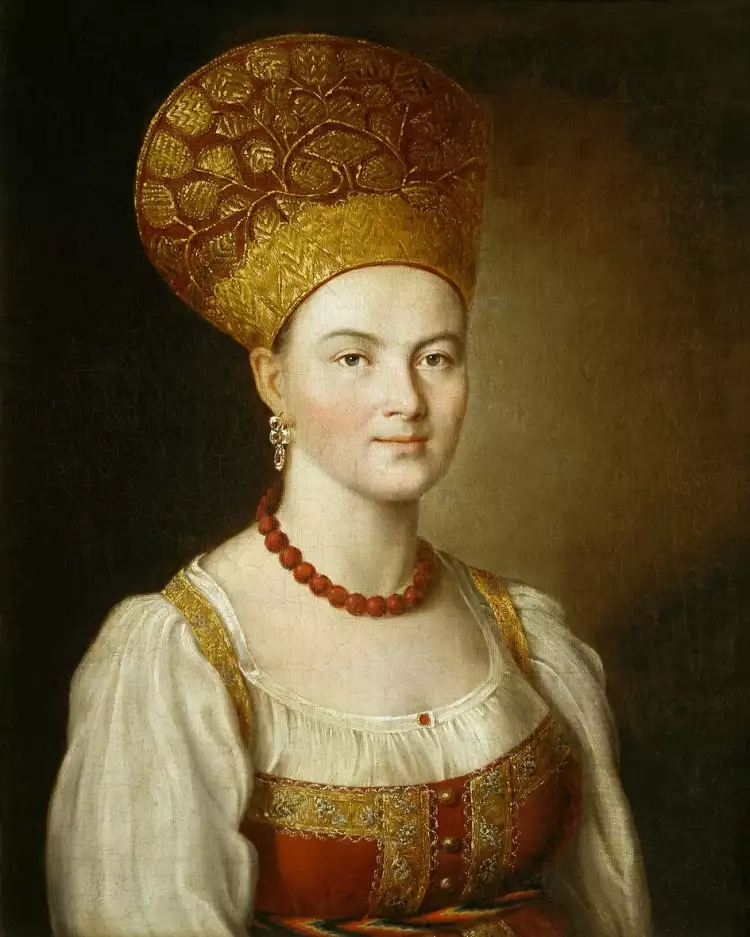 Portrait. Ivan Argunov. Portrait of an unknown peasant woman in Russian costume, 1784
Portrait. Ivan Argunov. Portrait of an unknown peasant woman in Russian costume, 1784
As a distinct genre, self-portraits stand out - where the artist portrays themselves.
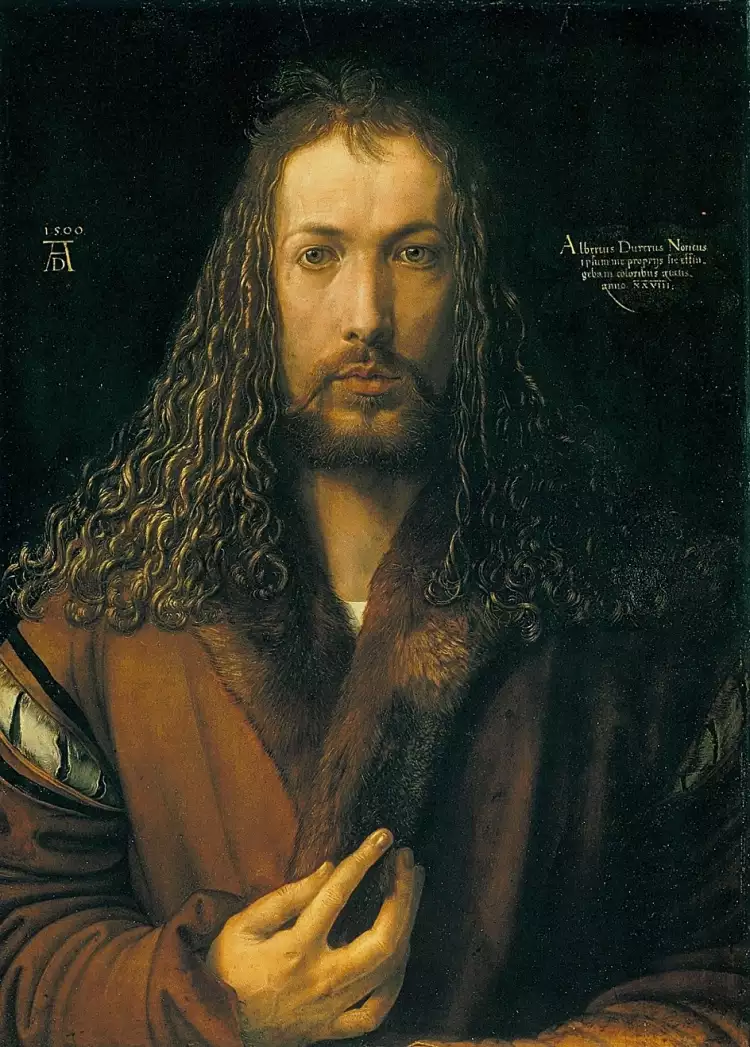 Portrait. Albrecht Dürer. Self-Portrait at Twenty-Eight, 1500
Portrait. Albrecht Dürer. Self-Portrait at Twenty-Eight, 1500
Self-portraits can be costume portraits, allegorical (for example, Caravaggio depicted himself as Bacchus), or exhibit characteristics of other subgenres.
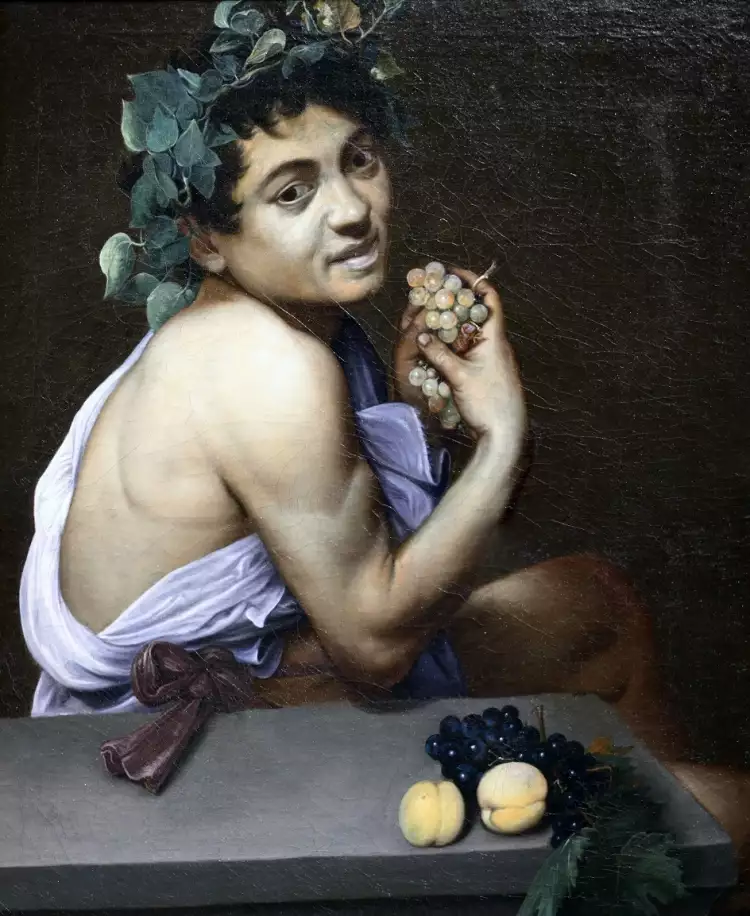 Portrait. Caravaggio. Young Sick Bacchus, 1593
Portrait. Caravaggio. Young Sick Bacchus, 1593
Sometimes, self-portraits become part of a group or family portrait, as seen in Rembrandt's portrayal of himself with his wife on his lap.
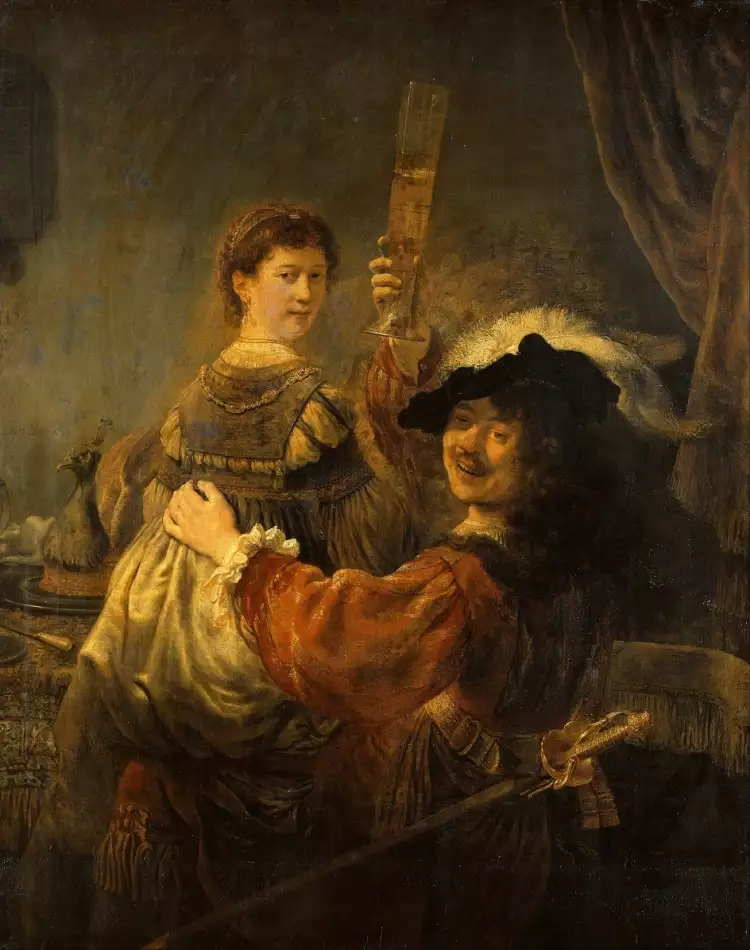 Portrait. Rembrandt. The Prodigal Son in the Brothel, 1635
Portrait. Rembrandt. The Prodigal Son in the Brothel, 1635
Regarding style, portrait masterpieces can be found in virtually any artistic movement, from Baroque, Classicism, and Rococo to Cubism and other contemporary directions.
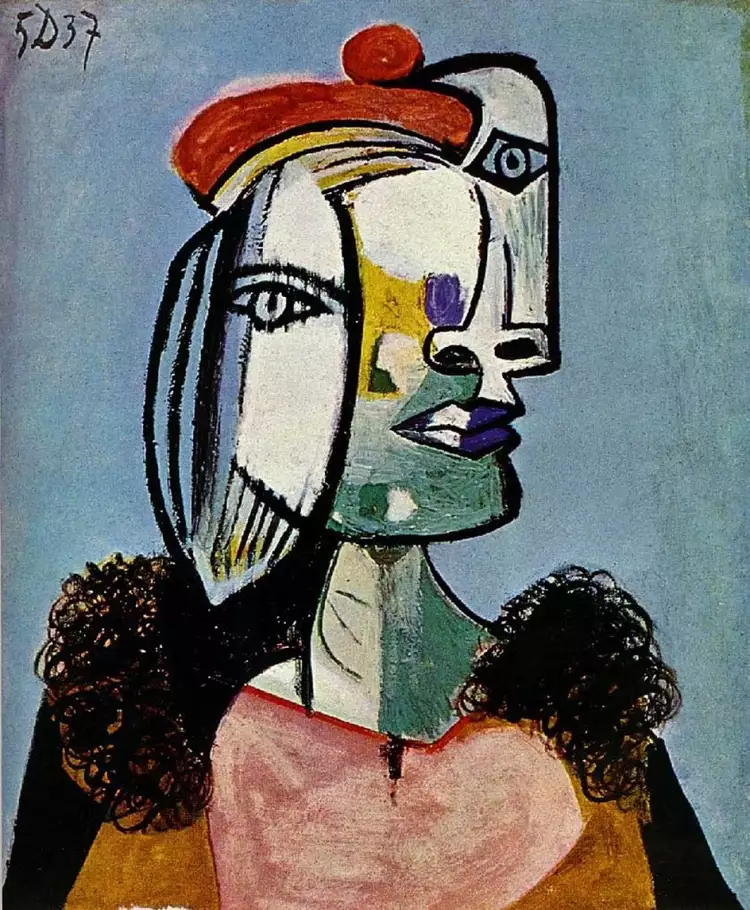 Portrait. Pablo Picasso. Portrait of Marie-Therese Walter, 1937
Portrait. Pablo Picasso. Portrait of Marie-Therese Walter, 1937
History of the Portrait Genre
In the Ancient world, portrait art was primarily sculptural, and during the Middle Ages, it virtually disappeared from the scene. The development of the portrait genre in European painting began in the era of the Proto-Renaissance, with the rise of secular and anthropocentric ideas, which eventually became the foundation of the Renaissance worldview.
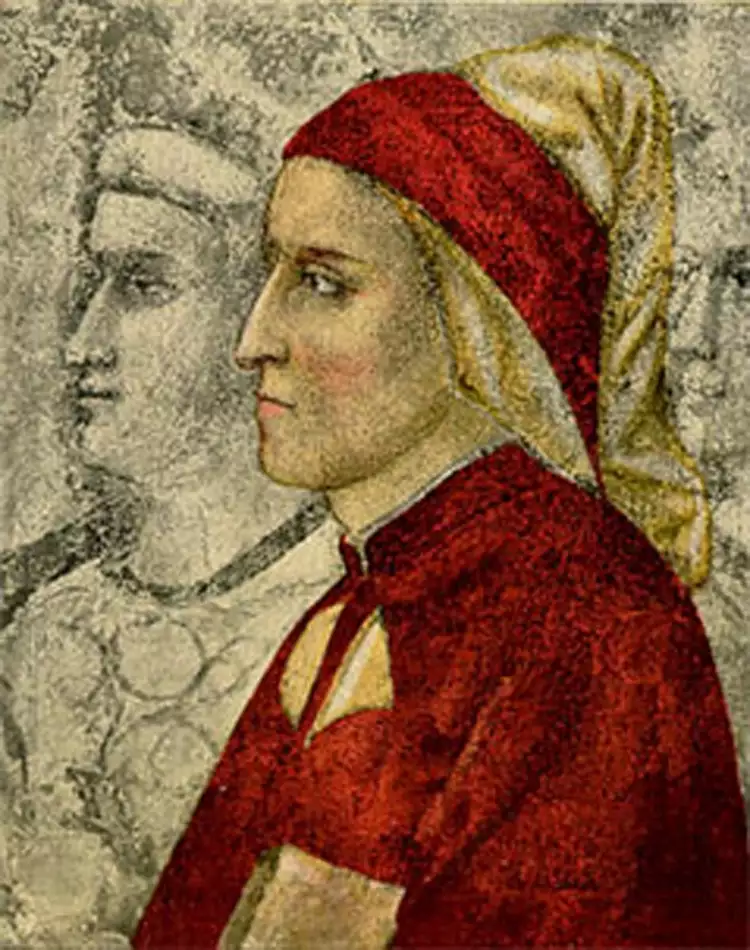 Portrait. Giotto di Bondone. Portrait of Dante Alighieri, circa 1336
Portrait. Giotto di Bondone. Portrait of Dante Alighieri, circa 1336
Initially, faces were depicted in profile, much like they were engraved on coins. A significant achievement of Renaissance artists was the ability to portray faces in profile and three-quarters view.
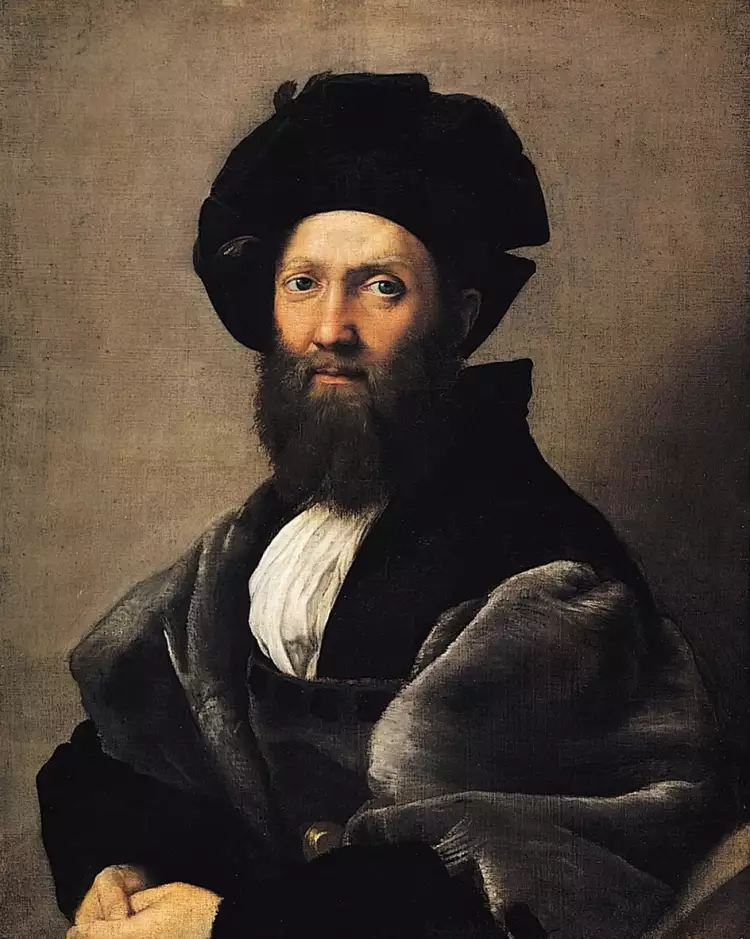 Portrait. Raphael. Portrait of Baldassare Castiglione, 1514-1515
Portrait. Raphael. Portrait of Baldassare Castiglione, 1514-1515
The era of absolutism brought about a fashion for formal portraits. They were commissioned by kings, high-ranking religious figures, and aristocrats. The classical approach was preferred. The position of court painter specializing primarily in this genre emerged.
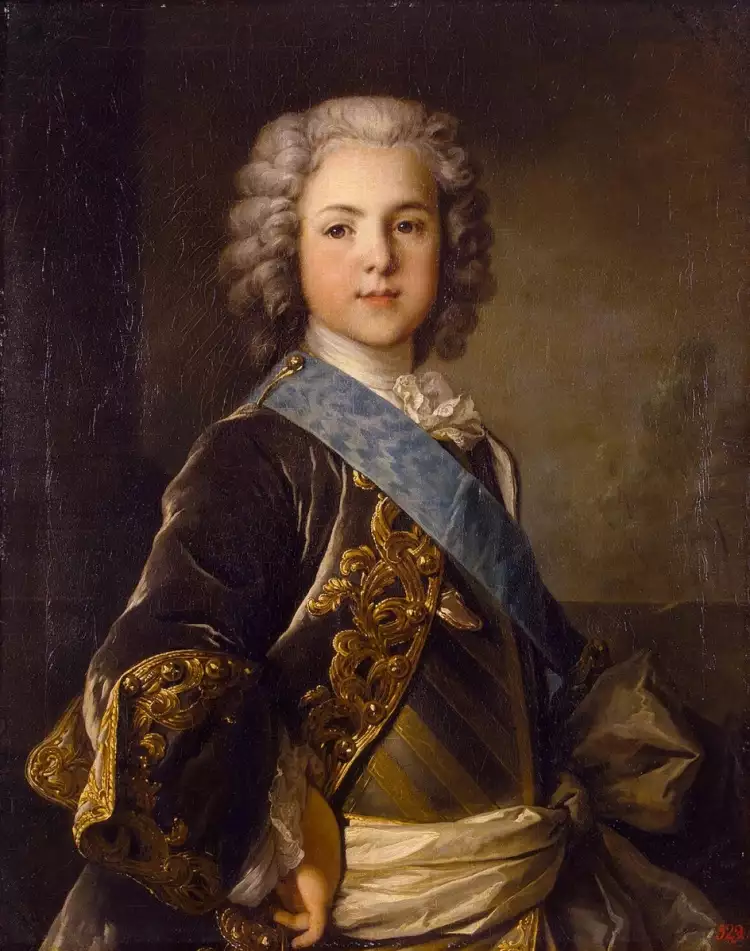 Portrait. Louis Tocqué. Portrait of Louis, Dauphin of France, 1739
Portrait. Louis Tocqué. Portrait of Louis, Dauphin of France, 1739
The Baroque period introduced chiaroscuro contrasts, emotional intensity, depth, and drama to portrait art.
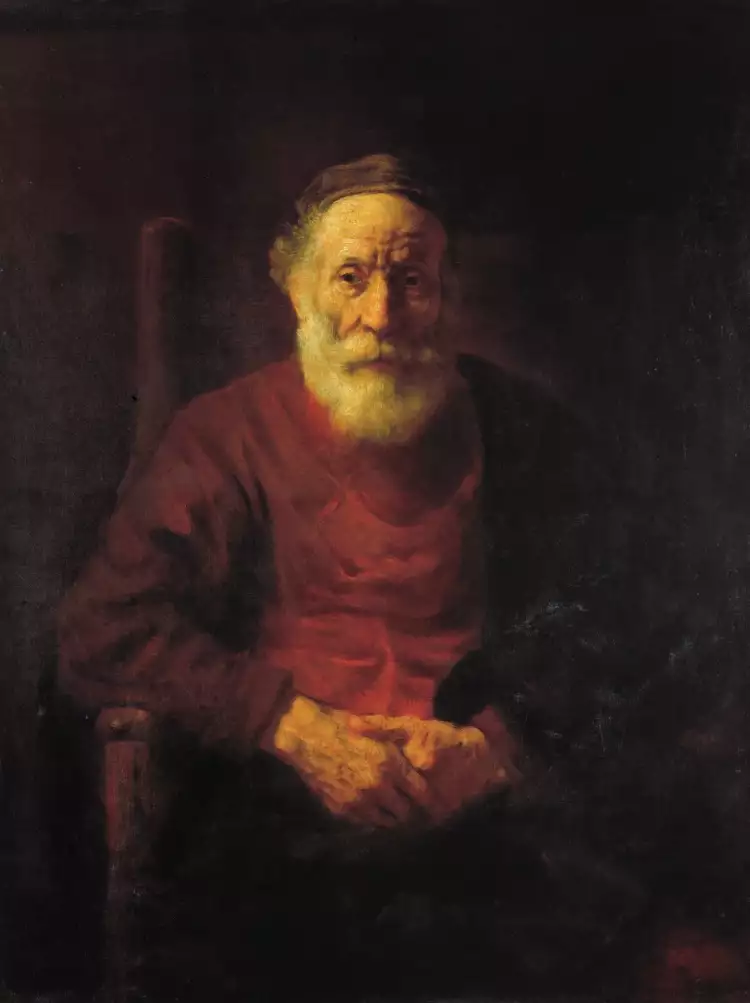 Portrait. Rembrandt. An Old Man in Red, 1652-1654
Portrait. Rembrandt. An Old Man in Red, 1652-1654
Rococo painters added intimacy, lyricism, and graceful charm to portraits.
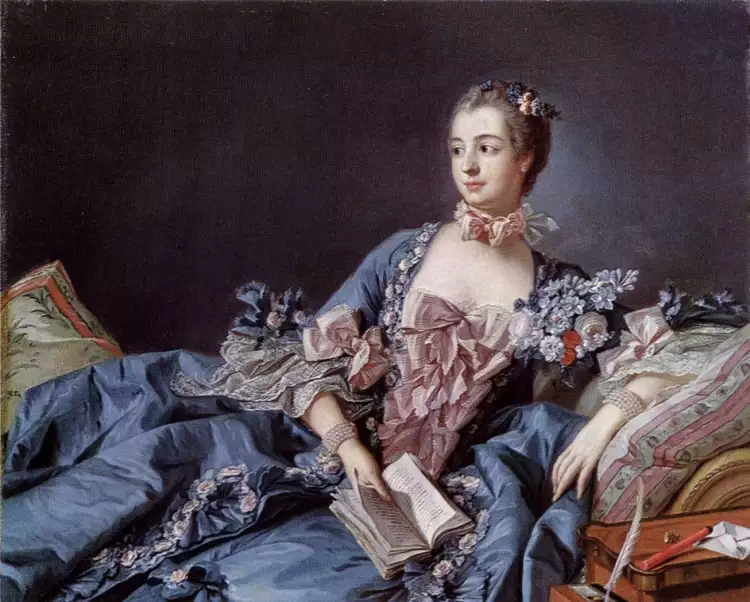 Portrait. François Boucher. Portrait of Madame de Pompadour, 1756
Portrait. François Boucher. Portrait of Madame de Pompadour, 1756
Romanticism had a significant influence on the development of the genre. Portrait artists of this movement sought to delve into the soul of the individual and create a spiritualized image in the portrait.
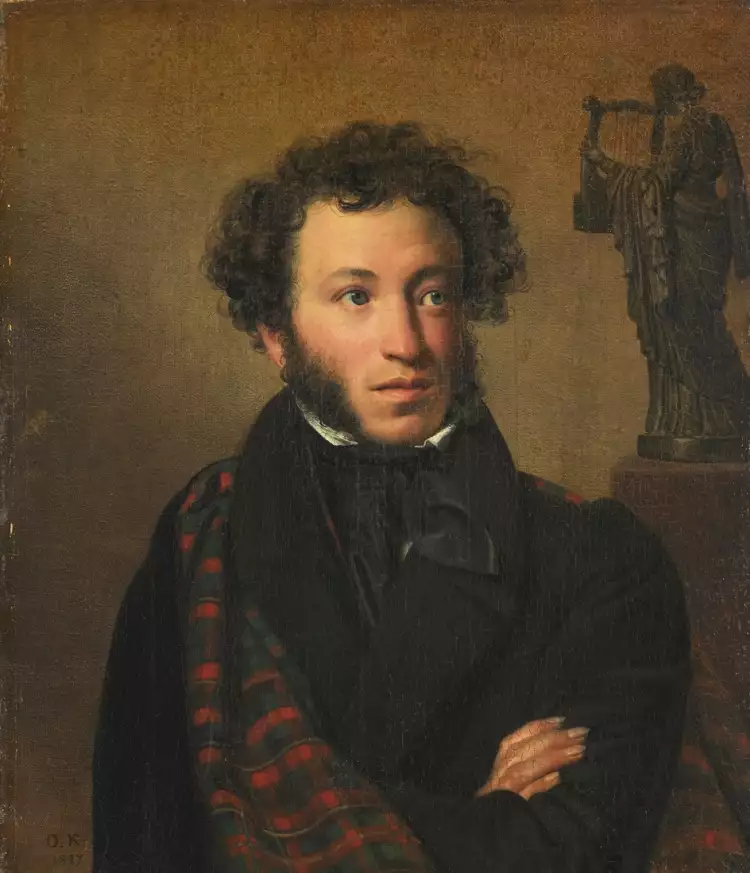 Portrait. Orest Kiprensky. Portrait of Alexander Pushkin, 1827
Portrait. Orest Kiprensky. Portrait of Alexander Pushkin, 1827
From the late 18th century, realistic tendencies began to emerge in portrait painting.
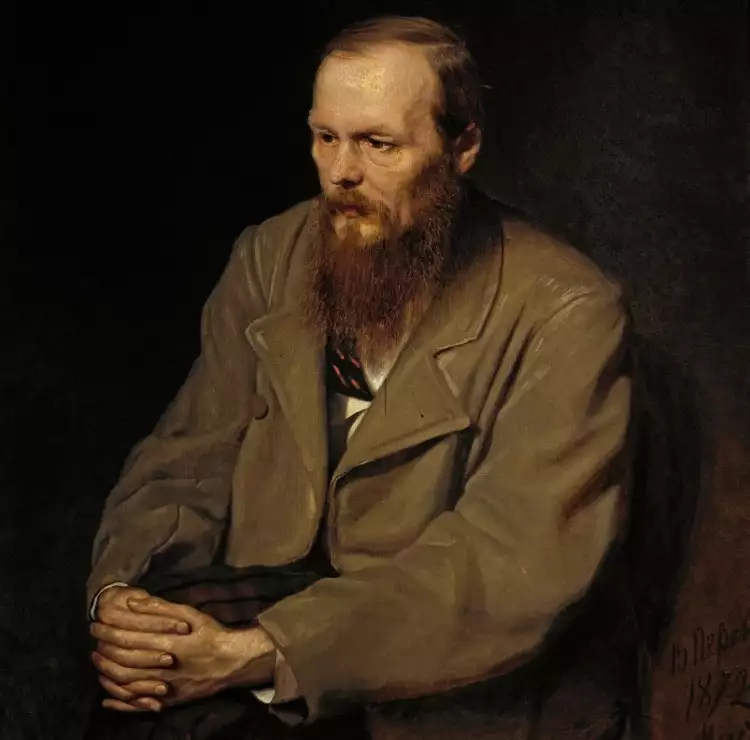 Portrait. Vasily Perov. Portrait of Fyodor Dostoevsky, 1872
Portrait. Vasily Perov. Portrait of Fyodor Dostoevsky, 1872
However, by the end of the 19th and the beginning of the 20th centuries, realism started to wane. For instance, Impressionists aimed to capture the model's mood and emphasize emotions in a specific moment in time.
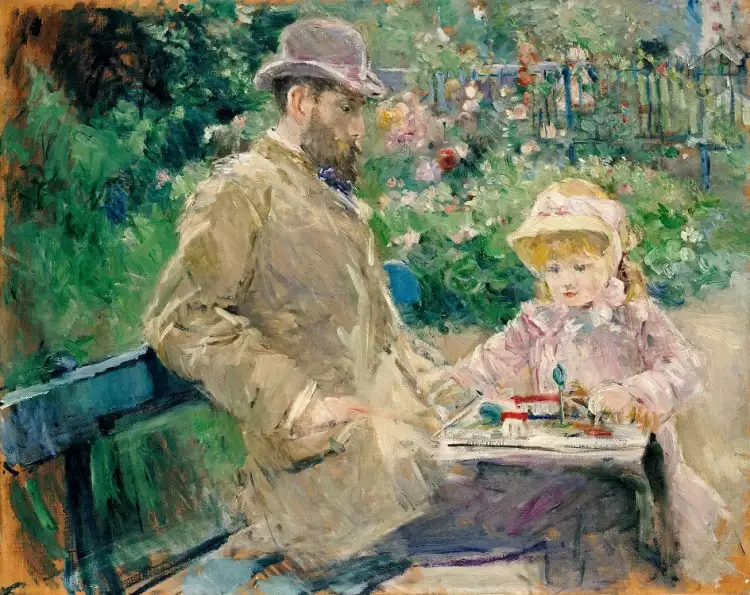 Portrait. Berthe Morisot. Eugène Manet with his daughter in the garden, 1883
Portrait. Berthe Morisot. Eugène Manet with his daughter in the garden, 1883
Many artists began to focus on expression. An expressive example is Gustave Courbet's screaming image.
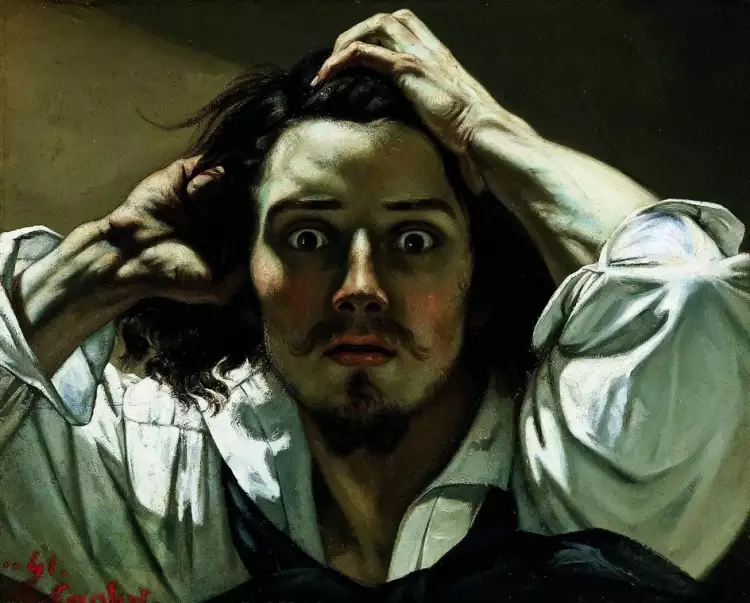 Portrait. Gustave Courbet. Self-portrait (The Desperate Man), 1843-1845
Portrait. Gustave Courbet. Self-portrait (The Desperate Man), 1843-1845
Others experimented with color, some distorted proportions, others created images from cubic forms, and some added surrealism...
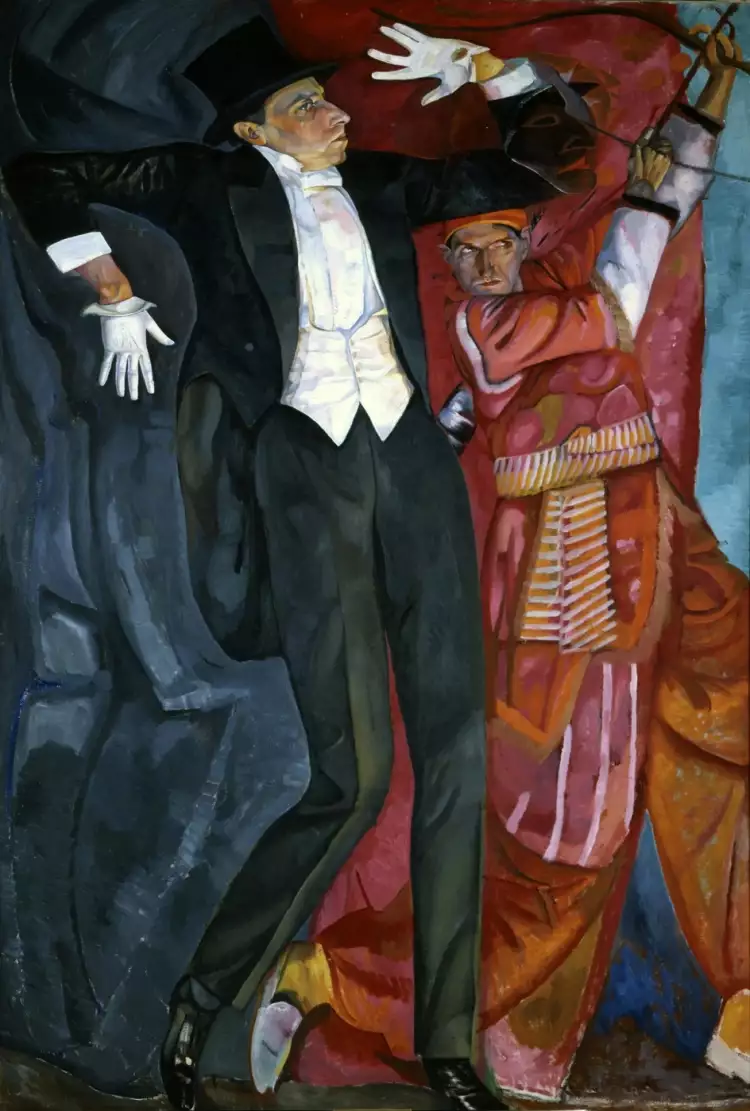 Portrait. Boris Grigoriev. Portrait of Vsevolod Meyerhold, 1916
Portrait. Boris Grigoriev. Portrait of Vsevolod Meyerhold, 1916
Contemporary portrait artists continue to seek original artistic approaches that allow them to depict an individual's uniqueness.
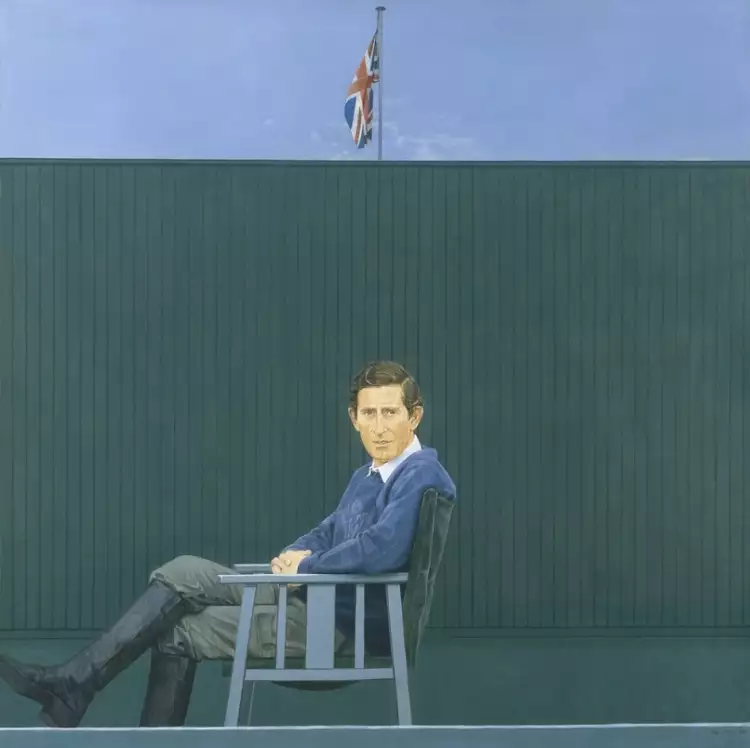 Portrait. Bryan Organ. Portrait of Prince Charles, 1980
Portrait. Bryan Organ. Portrait of Prince Charles, 1980
Famous Portrait Artists
The legacy of many great artists includes famous portraits that have become recognized masterpieces.
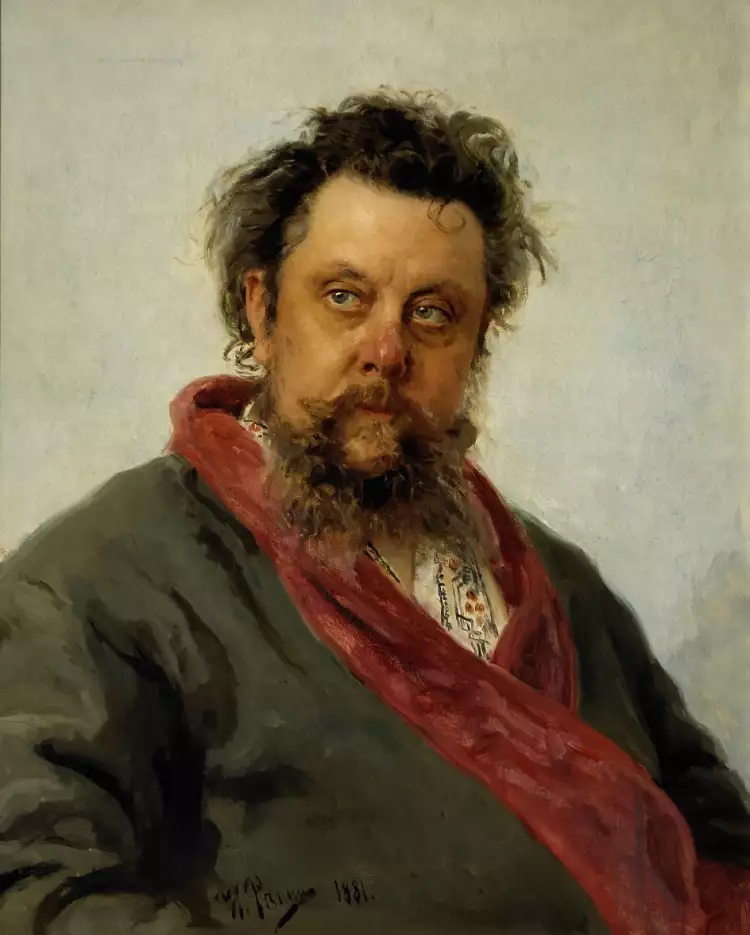 Portrait. Ilya Repin. Portrait of composer Modest Mussorgsky, 1881
Portrait. Ilya Repin. Portrait of composer Modest Mussorgsky, 1881
Magnificent examples of the genre were created by:
- Leonardo da Vinci (Leonardo di ser Piero da Vinci).
- Raphael (Raffaello Santi).
- Titian (Tiziano Vecellio).
- Rembrandt (Rembrandt Harmenszoon van Rijn).
- Peter Paul Rubens (Pieter Paul Rubens).
- Diego Velázquez (Diego Rodríguez de Silva y Velázquez).
- Karl Pavlovich Bryullov (Russian: Карл Павлович Брюллов).
- Ilya Yefimovich Repin (Russian: Илья Ефимович Репин).
- Valentin Alexandrovich Serov (Russian: Валентин Александрович Серов).
- Vincent van Gogh (Vincent Willem van Gogh).
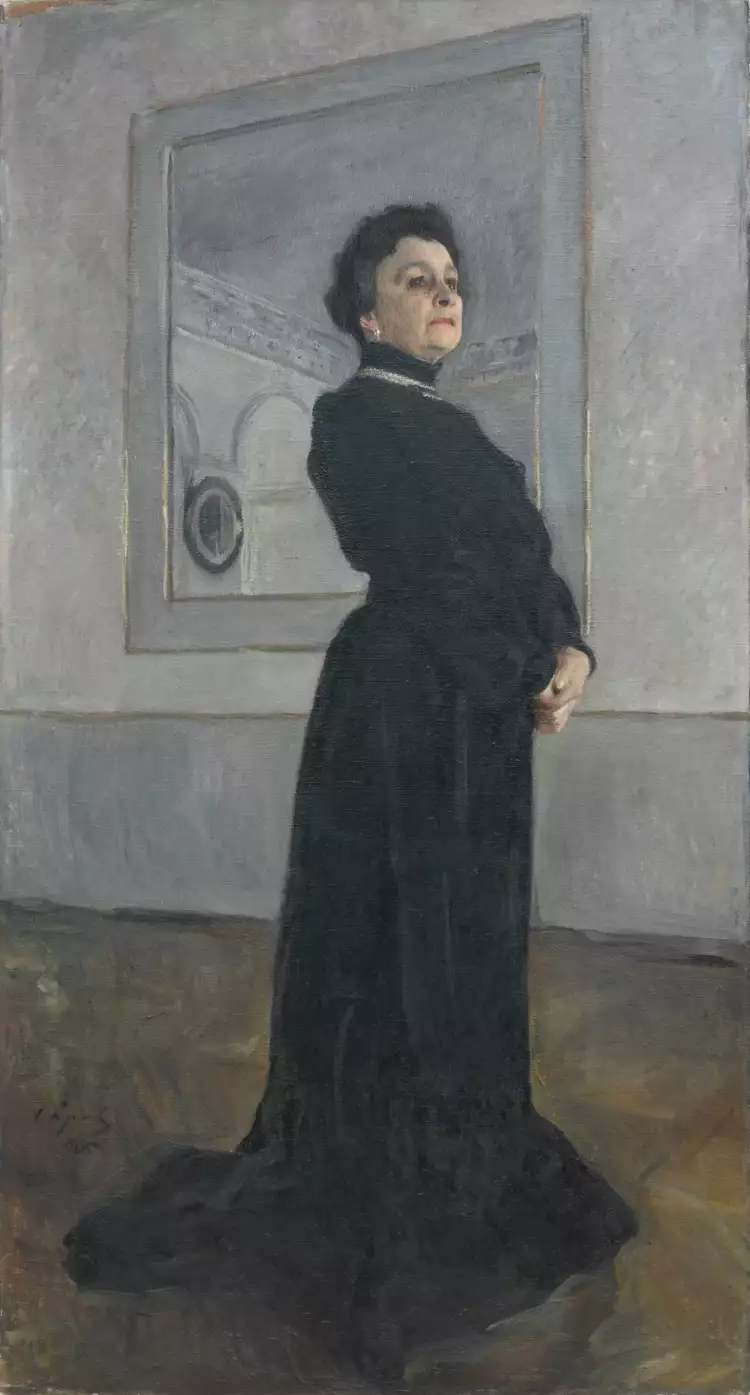 Portrait. Valentin Serov. Portrait of actress Maria Ermolova, 1905
Portrait. Valentin Serov. Portrait of actress Maria Ermolova, 1905
As you have probably noticed, their works in the portrait genre have been chosen as illustrations for this article.
 Portrait. Vincent van Gogh. Self-portrait with bandaged ear and pipe, 1889
Portrait. Vincent van Gogh. Self-portrait with bandaged ear and pipe, 1889
Some artists became famous primarily for their portraits, such as the enigmatic "Unknown" by Ivan Nikolaevich Kramskoi (Russian: Иван Николаевич Крамской) or the scandalous "Madame X" by John Singer Sargent.
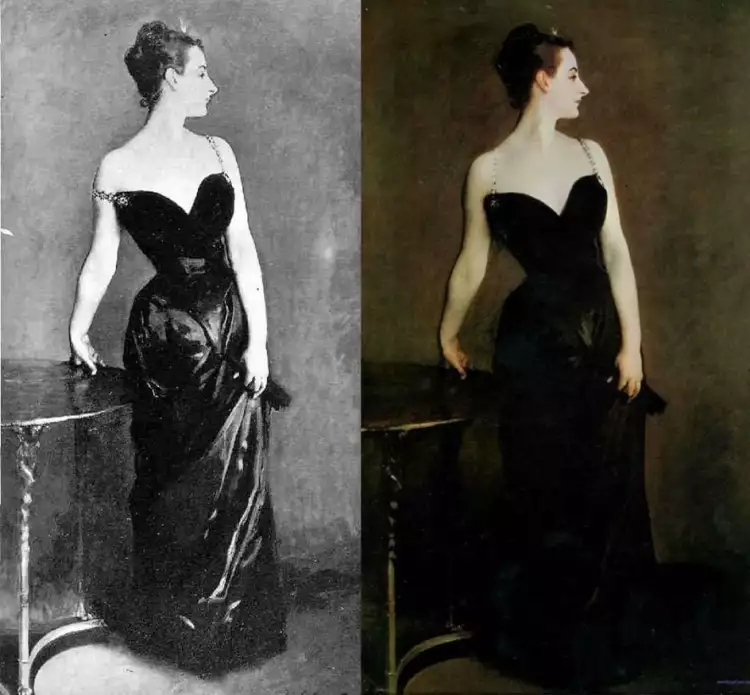 Portrait. John Singer Sargent. Portrait of Madame X, 1884
Portrait. John Singer Sargent. Portrait of Madame X, 1884
There were also painters who specialized in portraits (or made the portrait genre one of the main aspects of their work) and achieved fame in this field. For example:
- The Dutch artists Jan van Eyck and Jan Vermeer van Delft.
- French painters Jean-Marc Nattier and Louis Tocqué.
- Englishman Thomas Gainsborough.
- Russian masters Dmitry Grigoryevich Levitzky (Russian: Дмитрий Григорьевич Левицкий) (1735-1822), Orest Adamovich Kiprensky (Russian: Орест Адамович Кипренский) (1782-1836), Vladimir Lukich Borovikovsky (Russian: Владимир Лукич Боровиковский) (1757-1825), Vasily Andreevich Tropinin (Russian: Василий Андреевич Тропинин) (1776-1857).
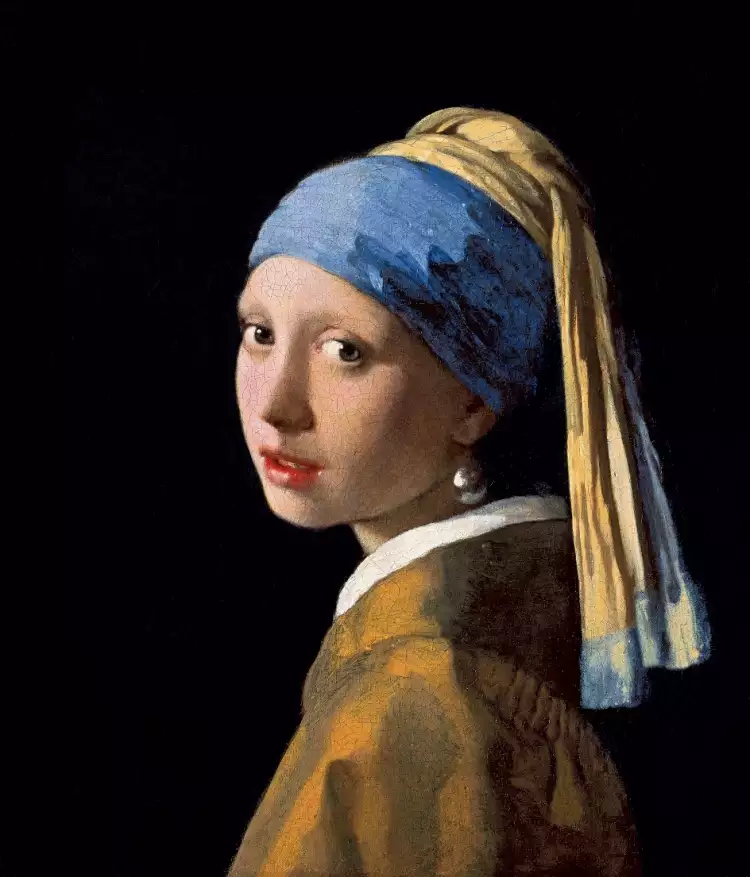 Portrait. Jan Vermeer. Girl with a Pearl Earring, 1665
Portrait. Jan Vermeer. Girl with a Pearl Earring, 1665
Getting acquainted with the masterpieces of world painting inspires enthusiasts of the arts to create their own collections. On the Very Important Lot website, you can participate in auctions or purchase paintings from contemporary artists.
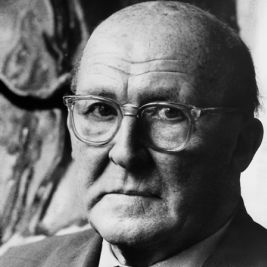 An entangled world Willi Geiger
An entangled world Willi Geiger 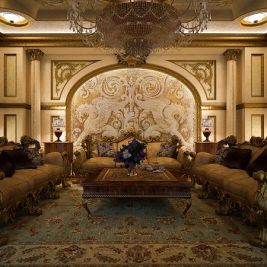 Mannerism style in interior design - the aesthetics of grandeur and the logic of mannerism
Mannerism style in interior design - the aesthetics of grandeur and the logic of mannerism 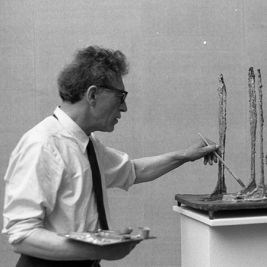 Alberto Giacometti was a great sculptor of the 20th century who relentlessly shattered the stereotypes of art in search of creative self-expression
Alberto Giacometti was a great sculptor of the 20th century who relentlessly shattered the stereotypes of art in search of creative self-expression 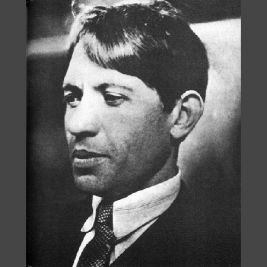 Chaim Soutine - an unsurpassed master of expression
Chaim Soutine - an unsurpassed master of expression 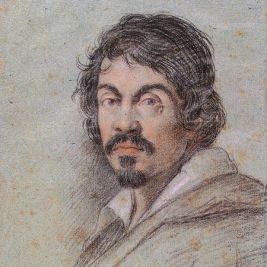 Caravaggio was a brilliant painter, an art innovator, and a thorough rebel
Caravaggio was a brilliant painter, an art innovator, and a thorough rebel  The painting "In the Orchard" by Laura Knight is a joyful hymn to the sun and summer
The painting "In the Orchard" by Laura Knight is a joyful hymn to the sun and summer 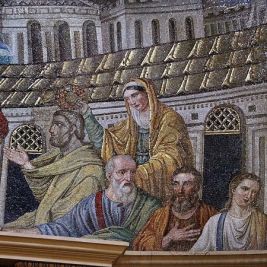 Mosaic - the art of creating a complete picture from many small individual pieces
Mosaic - the art of creating a complete picture from many small individual pieces 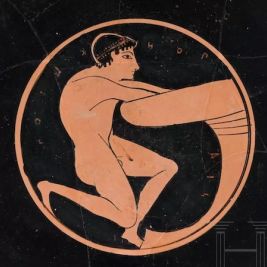 Hermann Historica Auction: Kunst, Antiquitäten & Antiken
Hermann Historica Auction: Kunst, Antiquitäten & Antiken 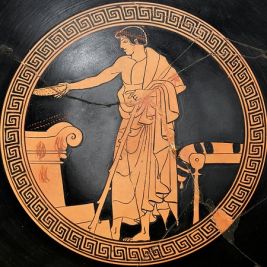 The art of Ancient Greece is an endless source of aesthetic pleasure for descendants
The art of Ancient Greece is an endless source of aesthetic pleasure for descendants 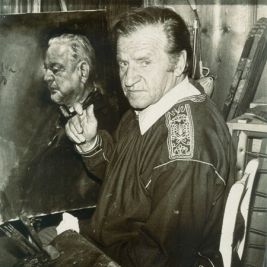 Paul Mathias Padua: Sensitive power nature
Paul Mathias Padua: Sensitive power nature